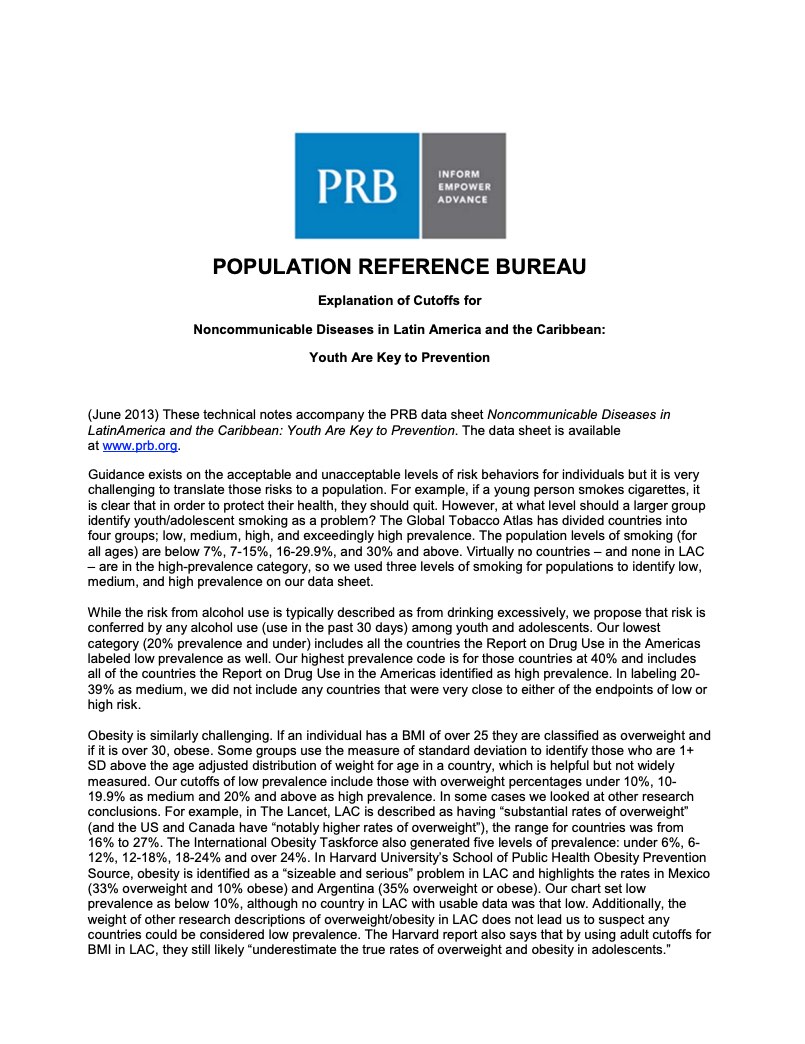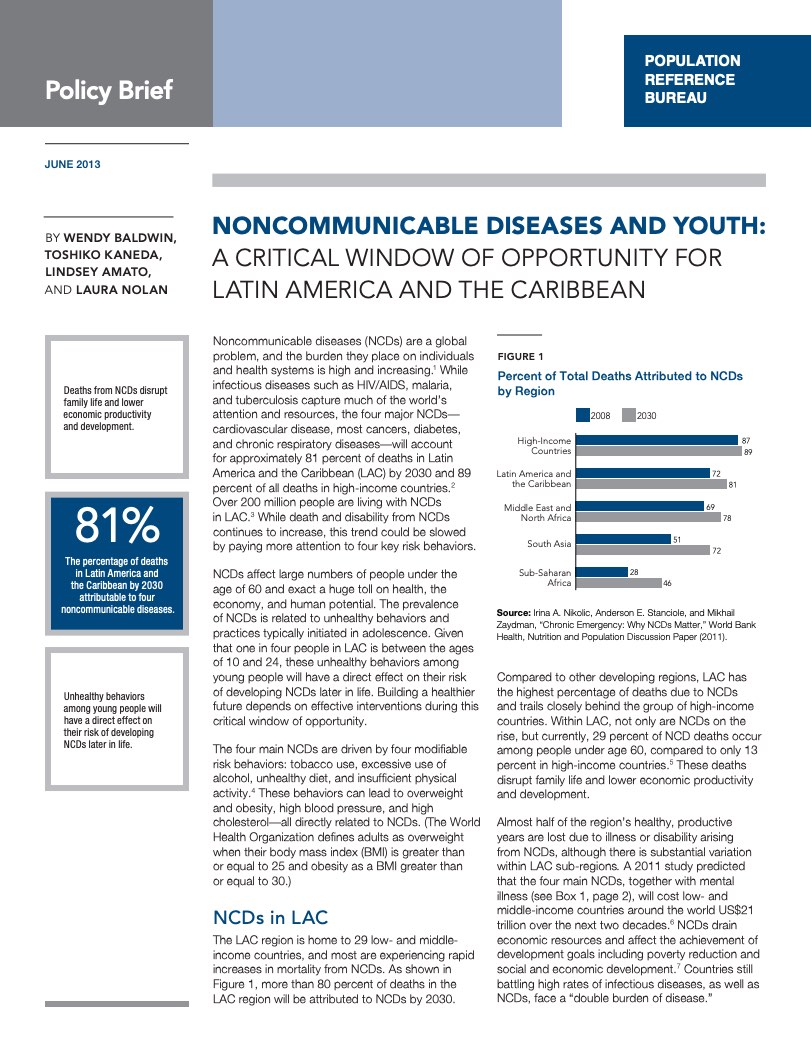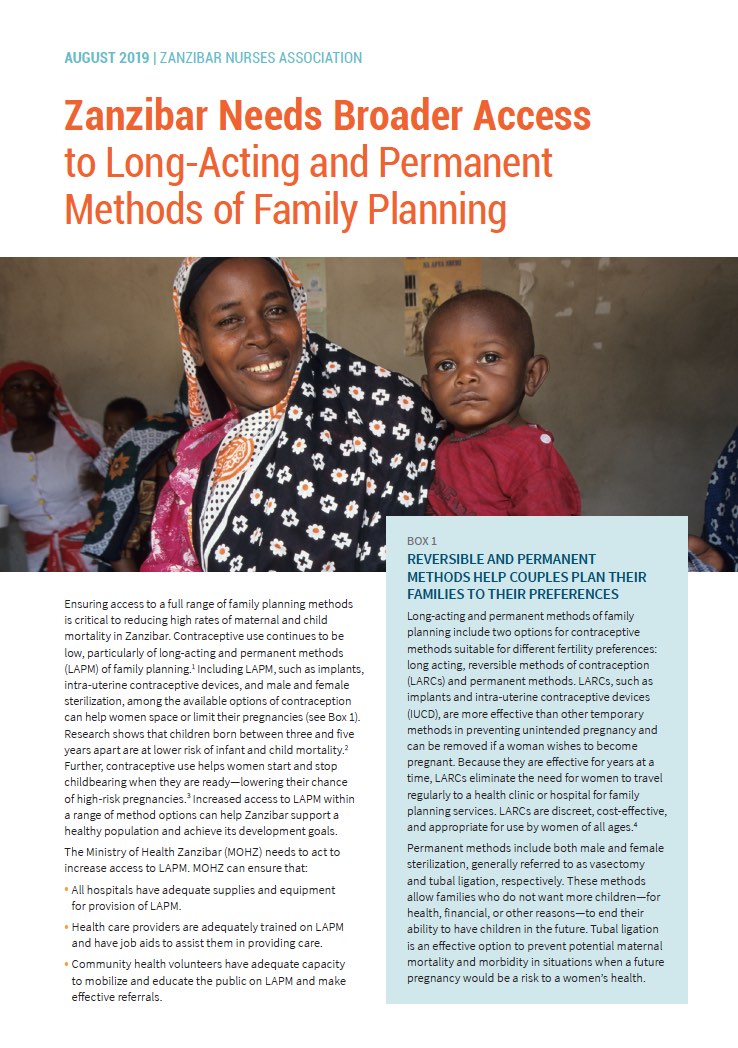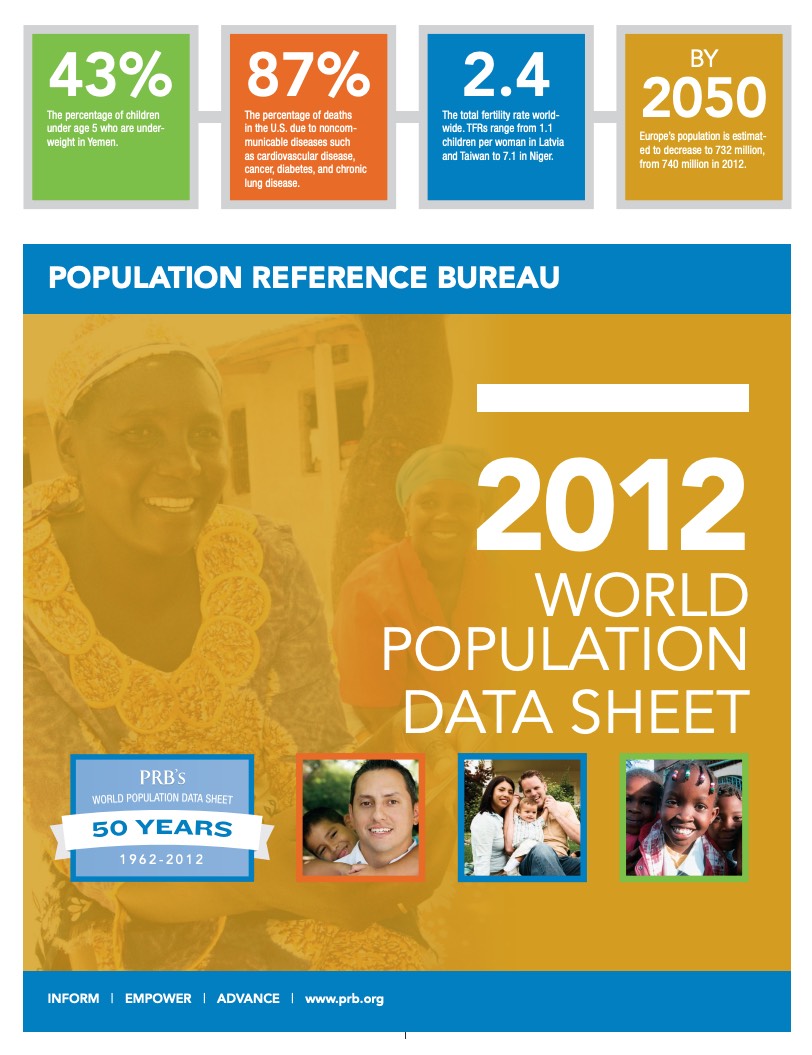Project: Combatting Noncommunicable Disease Risk Factors in Youth
Data Sheet Explanation of Cut-Offs: Noncommunicable Diseases in Latin America and the Caribbean
(2013) The four major NCDs—cardiovascular disease, most cancers, diabetes, and chronic respiratory diseases—will account for approximately 81 percent of deaths in Latin America and the Caribbean by 2030, and 89 percent of all deaths in high-income countries.





